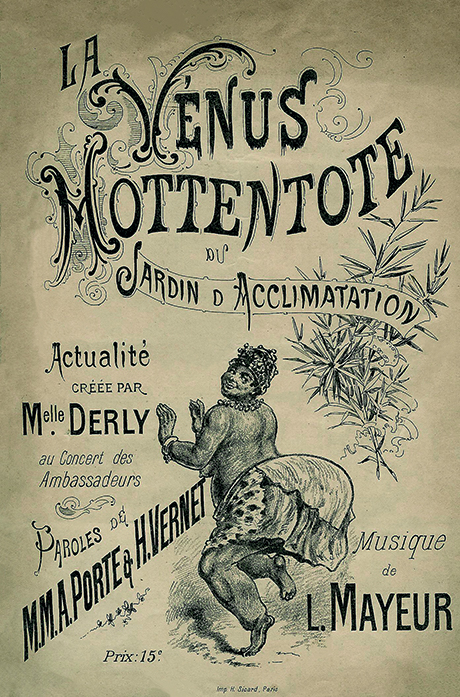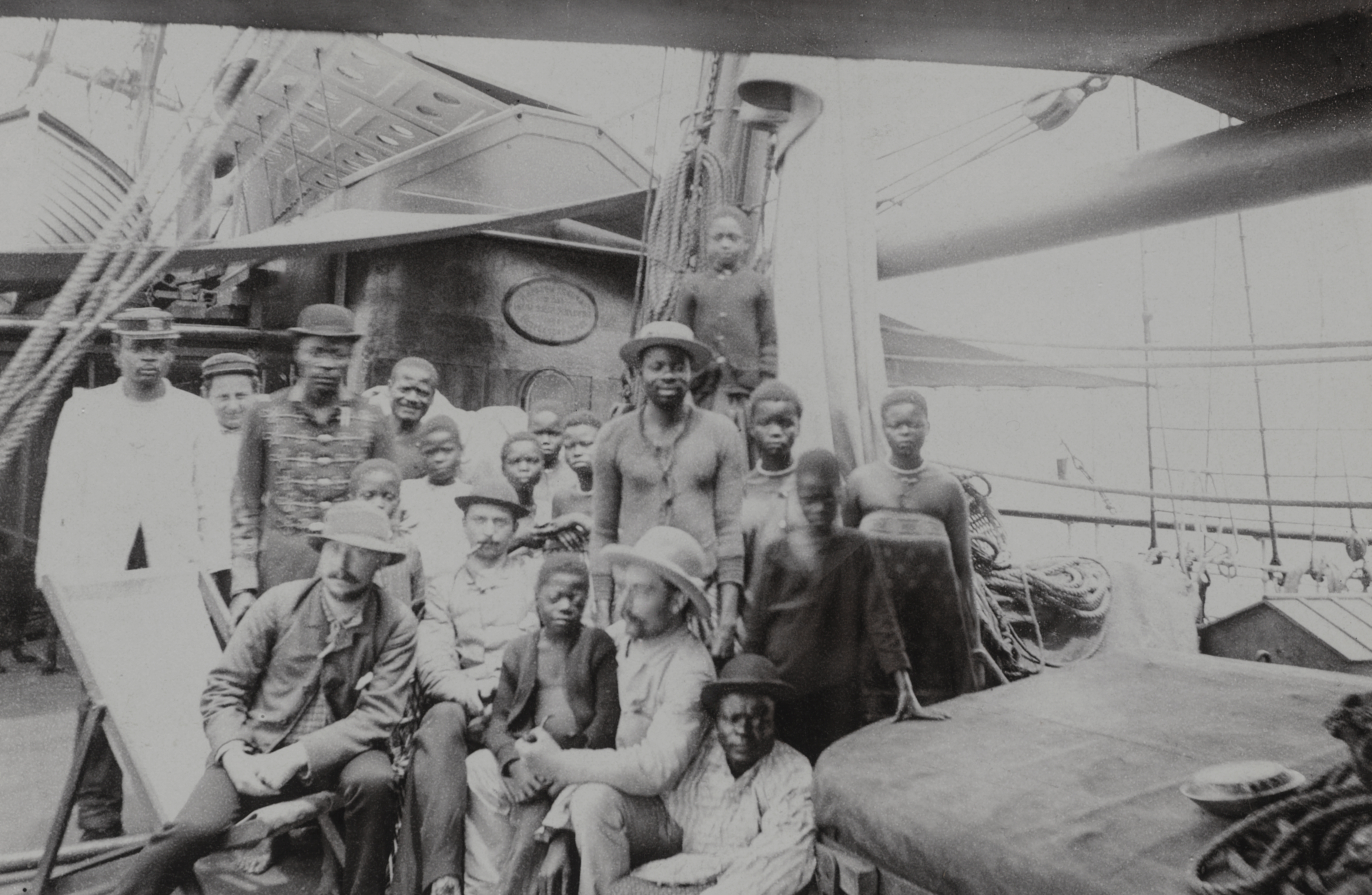The roots of anthropological exhibitions
1815-1885
Exhibiting the ‘Other’, ‘exotics’, and ‘monsters’ has been a practice since time immemorial. This passion for so-called ‘savages’ gathers speed in the early 19th century with the rise of exploration, the development of colonial empires, and scientific interest in ‘races’. In both Europe and the United States, new types of exhibitions emerge. They go from being mere curiosities for a select few to a form of popular entertainment, with the tragic tale of the ‘Hottentot Venus’ between 1810 and 1815 serving as a watershed.
One exhibit follows another, from individuals to assembled groups, from actual villages to professional troupes (such as the ones created by the German showman Hagenbeck or P.T. Barnum of the USA) that tour the world. The first specifically ‘colonial’ and ‘universal’ expositions, in Amsterdam (1883) and Antwerp (1885) respectively, mark a turning point. The phenomenon becomes widespread across Europe and the USA.
 La Vénus Hottentote du Jardin d’acclimatation. Paris, France. 1888.
La Vénus Hottentote du Jardin d’acclimatation. Paris, France. 1888. Août 1885 – Groupe [de Congolais] sur le vapeur Afri[k]aan de la maison hollandaise. Rapatriement de Massala et quelques boys.
Août 1885 – Groupe [de Congolais] sur le vapeur Afri[k]aan de la maison hollandaise. Rapatriement de Massala et quelques boys.  Peaux-Rouges. Jardin d’acclimatation.
Peaux-Rouges. Jardin d’acclimatation.  « Le 12 mai 1885 sont arrivés à Anvers 12 nègres [sic] du Congo, venant participer à l'Exposition universelle d'Anvers.
« Le 12 mai 1885 sont arrivés à Anvers 12 nègres [sic] du Congo, venant participer à l'Exposition universelle d'Anvers.